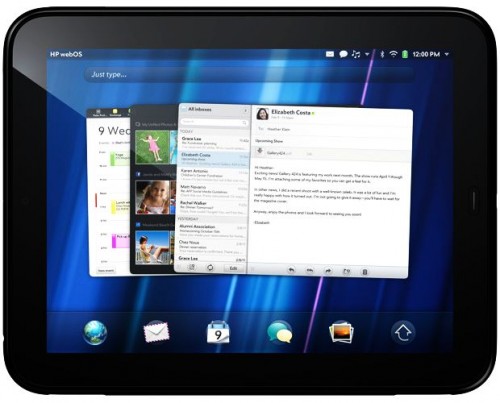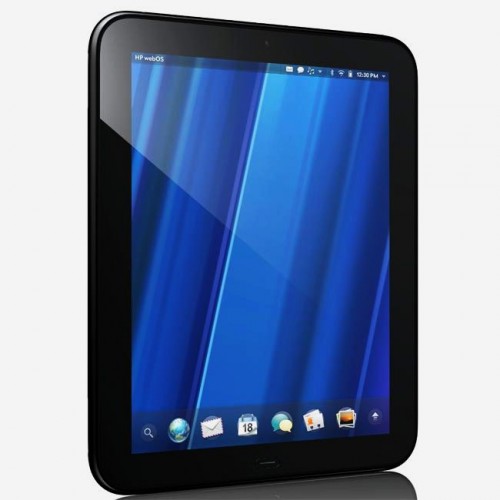The tablet space in Singapore will get a little more crowded with a rather unique offering from HP next month, when the long-awaited TouchPad hits the shelves here.
The basic 16GB Wi-Fi-only version will ship here on August 12. It will go for S$699, which HP must be confident is close enough to the S$668 that Apple’s iPad 2 and Samsung’s Galaxy Tab 10.1 are going for.
The iPad 2, of course, is the king of the hill in terms of tablet sales, while the Galaxy Tab 10.1, out here any time now, is the most-sought-after alternative for those who dislike Steve Jobs’ ways.
There’s also the Motorola Xoom, which has been selling here for months, but it’s pretty heavy, while the RIM Playbook, sadly, has been rolled out without any of the basic features you’d expect, like Contacts and E-mail, to name just two.
Where does the HP TouchPad fit in?
From the quick hands on today at the Singapore launch event, I’d say it won’t overtake the Android-based Galaxy Tab or iPad 2 in its current iteration, but HP’s webOS-based device is interesting. I feel it a lot of it might be sold to enterprise customers, along with the company’s PCs and servers.
First off, the device is heavier than many a tablet at 740 grams, after packing in a 9.7-inch screen. It’s definitely heavier than the 600-gram iPad 2.
What I do like is webOS, where there are some nice touches. The first you’d notice is that every program or webpage you launch is open on the desktop as “cards”, which you can move around or easily close by swiping it up towards the edge of the screen.
Got too many of such “cards”? Simply click and hold it and stack it on top of related ones. In no other tablet OS have I seen this smart way of managing the many programs running in the background. In true multi-tasking fashion, the programs display live info, for example, the mail program displays the latest messages that have come in.
The 1.2GHz dual-core Qualcomm Snapdragon chip does a creditable job of keeping everything running smoothly. When I checked out the TouchPad today, I fired up the built-in mail program, a media player, a couple of browser windows and several other programs, yet I did not detect any lag.
What I also like is the IPS or in-plane switching panel that is used for the 9.7-inch screen offering 1,024 x 768 pixels. To be honest, the screen on the TouchPad wasn’t the sharpest I’ve seen, but it’s clear enough especially from the side – a feature of IPS panels.
What I find a mixed bag is the Beats Audio feature. I’m using an HP Envy 14 laptop and its audio is clearly much clearer than regular laptop audio. However, the bass may have been turned up too much today on the TouchPad when I tried out the sound on a pair of Beats Audio headphones. Not to my taste, though folks who prefer more bass might like the extra oomph in the sound.
Still, clearly, HP’s biggest challenge lies somewhere else. This would be to create the ecosystem that Android and iOS already have over the past few years. The TouchPad has most of the important stuff you need – a Flash-supported browser, nice mail client built in and even a version of Angry Birds. But the catalog of apps will take time. In fact, the Angry Birds game I saw today seemed like a low-res version instead of an HD one, because I could see the pixels quite clearly today.
I’d like to think that this TouchPad is just the first of many webOS devices from HP. Though it has a mountain to climb compared to its rivals in establishing another tablet platform, it’d be silly to write off HP. The TouchPad is priced competitively and webOS does look like it has a few tricks up its sleeve.
However, HP has little time to ramp up its numbers. In the ecosystem game, the more devices you sell, the more software developers you win over, and thus begins a virtuous cycle. The opposite is true if you don’t sell enough devices – the downward spiral is often impossible to get out of.








this is to expenceve